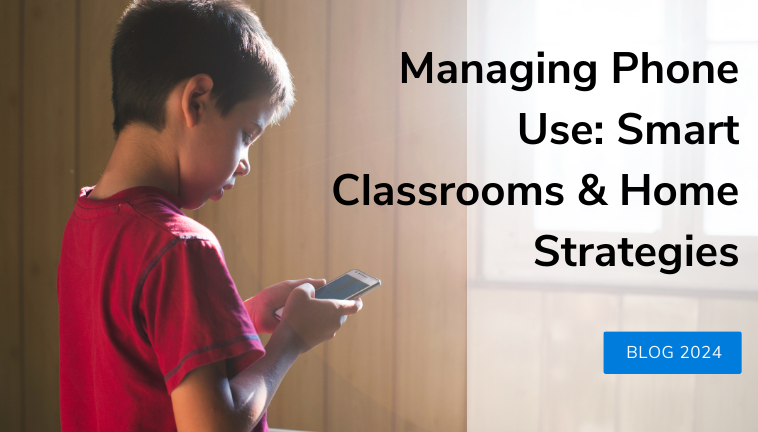Blogs
Managing Phone Use: Smart Classrooms & Home Strategies

Students and Smartphones: Achieving Balance in Smart Classrooms
In today's digital world, smartphones are ubiquitous. While these devices offer a wealth of information and connection, their constant presence can be a double-edged sword for students. Studies show a significant link between smartphone addiction and decreased concentration levels. Consequently, this can be particularly detrimental in the evolving environment of smart classrooms, where technology plays an increasingly important role in learning.
Identifying the Issue: Phone Dependency in the Smart Classroom
So, how can we effectively address phone dependency in classrooms, especially with the rise of smart classrooms? Here's where effective learning solutions come into play, alongside strategically designed smart classrooms.
Understanding the Impact of Phone Dependency
Phone dependency is more than just a bad habit; it can negatively impact a student's mental and emotional well-being. The constant barrage of notifications disrupts focus, while the blue light emitted by screens interferes with sleep patterns. Research indicates a correlation between excessive phone use and declining academic performance, highlighting the urgent need for action.
Striking a Balance: Integrating Technology and Reality in Smart Classrooms
While smartphones offer a window to the world, they can also erect walls separating students from real-life experiences. Therefore, the key lies in achieving a balance. Schools and homes must act as navigators, guiding students through the digital landscape without letting them lose sight of the tangible world. Consequently, smart classrooms with engaging learning solutions can be instrumental in achieving this balance.
Strategies for Schools: Fostering Engagement in Smart Classrooms
Schools can adopt a two-pronged approach:
- Implement Digital Literacy Programs: Equip students with the knowledge to use technology responsibly and develop digital etiquette.
- Create Tech-Free Zones and Engaging Activities: Establish designated areas within smart classrooms where phone use is prohibited, thereby encouraging face-to-face interaction. Furthermore, incorporate interactive learning solutions to maintain student engagement during breaks when phone use might be allowed.
Strategies for Homes: Setting the Example
Parents play a crucial role in shaping their children's relationship with technology:
- Lead by Example: Demonstrate balanced phone use in your own life.
- Establish Clear Boundaries: Set agreed-upon times and places for phone use at home.
- Promote Alternative Activities: Encourage hobbies and interests that don't involve screens, fostering a healthy lifestyle.

Empowering Students for Self-Regulation
The ultimate goal is to empower students to manage their own phone use. Therefore, mindfulness training and goal setting can equip them with the self-regulation skills necessary to navigate the digital world effectively. Consequently, educational programs that incorporate mindfulness exercises can be invaluable in this pursuit.
The Road Ahead: Collaboration is Key
The digital age demands a balanced and mindful approach. As we equip students with the tools to navigate phone dependency, we must also remind them of the beauty and importance of the world beyond the screen. A collaborative effort between schools, homes, and students is essential to ensure technology serves as a bridge to knowledge and connection, rather than a barrier.




